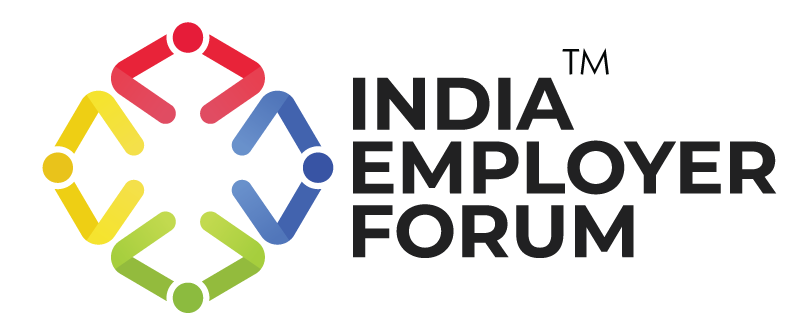There was a time when HR practices were not given much importance. HR was the place where documentation was done and complaints or grievances were handled. The main objective was to make sure employees were productive and the organization functioned properly. But today’s HR practices are focused on putting people first. Human resources personnel nowadays focus on improving the overall employee experience and strive to create the best working environment for the employees as possible.
There are seven major HR best practices proposed by Jeffrey Pfeffer in his two books on the topic:
- Competitive Advantage through People
- The Human Equation: Building Profits by putting people first
The seven HR activities proposed by Jeffrey pfeffer in his books are as follows:
You might also be interested to read: HR’s Role In Building A Workforce For Digital Future
1.Recruitment: Hiring the right person for the job is a primary function of human resource that helps in building better workplaces. There are a lot of recruitment tools that can be used to select the right candidate for the job. Commonly used selection tools are structured and unstructured interviews, IQ tests, personality assessment tests, work tests, reference checks, etc. Research shows that the difference in performance between a high performer and an average performer can be up to four times.
2. Creating high performance teams: The job of Human Resource does not end at just selecting a candidate for the job. After selecting the right person for the job, efficient and high performing teams need to be created. A team consists of different individuals with diverse sets of skills, who think differently but act towards achieving the same goal. This means that different ideas are generated to help achieve a predetermined goal.
3. Performance based pay: Most organizations have a fixed component and a variable or performance based component in their employee compensation plan. Devising this compensation plan is a key human resource best practice. Performance based compensation can take the form of financial incentives and employee benefits.
4. Training and development: Training and development of employees is an integral part of human resource management. After an employee is hired, the role of the HR personnel continues to keep up the learning curve of the employees. To create an organizational setup in which the rate of learning matches the pace of change. Learning helps the employees to stay innovative, grow and sustain a competitive advantage.
5. Job security: Another very important human resource best practice is ensuring job security for the employees. Life is unpredictable and a stable job is very important to most people. Job security also benefits organizations because it helps them retain their employees. If there is a problem of job security in an organization, they have to frequently look for new personnel. This incurs high costs and also does not help in the smooth functioning of the firm.
6. Equality: All employees should be treated equally and fairly, whether it is equality in compensation or in general. There should be no discrimination based on age, sex, gender, etc. It is an important practice of the human resource department to create an organization based on equality and fairness.
7. Communication: Communication is one of the key human resource management practices. It is the job of HR personnel to make sure there is a free flow of ideas at all levels of the organization.
References:
- 7 Human Resource Best Practices (A mini-guide to HRM) | Erik van Vulpen
- Do you know these 3 modern HR practices? | Alexis Croswell
You might also be interested to read:
Related Topics:






